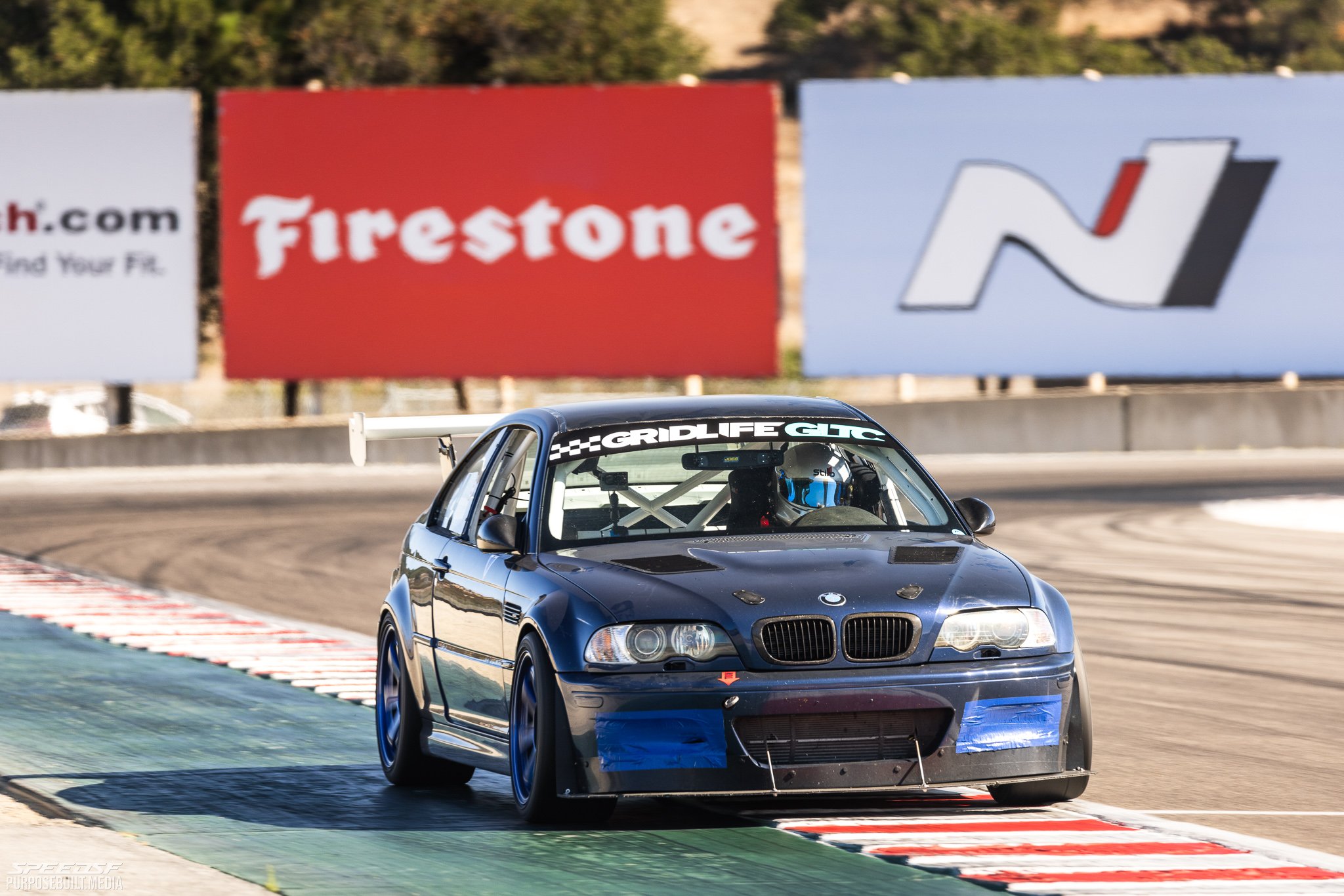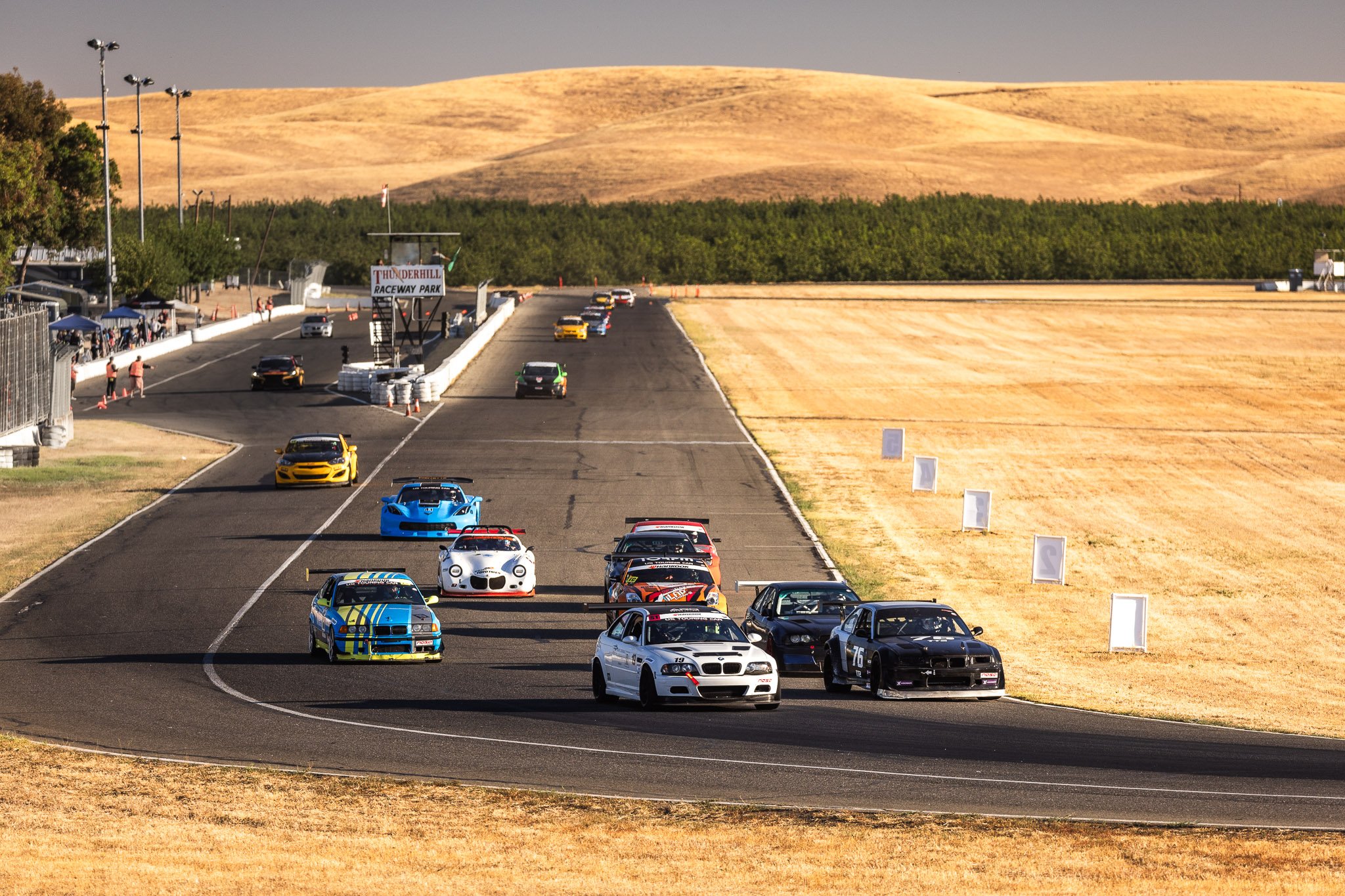
SpeedSF Blog
Every Build Has a Story – Meet the Cars of SpeedSF

Abdul’s E46 M3: Checking All Boxes
It didn’t take Abdul long to realize that seat time was all-important, so he made a point to avoid the typical impediments to his progress. Then he bought a versatile M3, had the right guys set it up, and put in his time learning his craft.

Speed SF’s First Enduro Goes Off Without a Hitch
We've had our own enduro in the works for a while now, and it turns out our planning paid off. This month, we successfully completed our first 2.5-hour race and established a new race format for those looking to make the leap into wheel-to-wheel.
